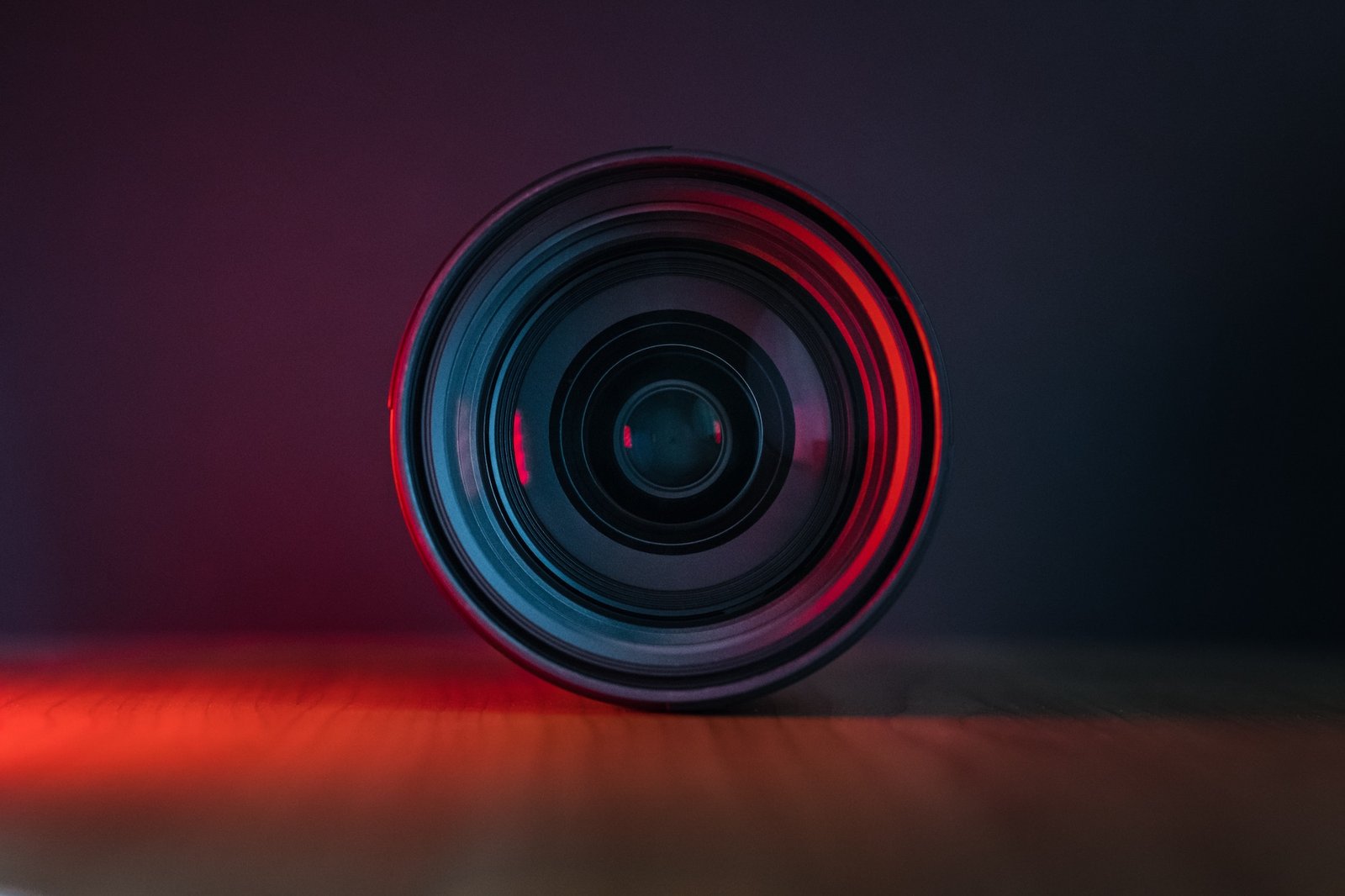Are you tired of relying on zoom lenses and not getting the results you want in your prime lenses?
It’s time to step up your game and try prime lenses. Prime lenses, also known as fixed lenses, have a single focal length and are highly sought after by professional photographers for their exceptional image quality and versatility. In this article, we will explore the use and techniques of prime lenses and how they can help you take your photography to the next level.
Understanding Prime Lenses: Key Features and Benefits
Prime lenses are a must-have for every photographer’s camera bag. They have several key features and benefits that set them apart from zoom lenses. Some of the main benefits of prime lenses include:
- Wider Aperture: They typically have a wider aperture, allowing more light into the camera and creating a shallow depth of field. This can produce stunning bokeh and make your subject stand out against a blurry background.
- Sharpness and Image Quality: They are known for their exceptional sharpness and image quality, making them ideal for capturing fine details and producing stunning images.
- Lightweight and Portable: Unlike zoom lenses, prime lenses are compact and lightweight, making them easy to carry with you on the go. They are also less bulky and take up less space in your camera bag.
Prime Lens Use and Techniques: Capturing Stunning Images
Now that you understand the key features and benefits of the lenses, it’s time to explore some use and techniques. Here are a few tips to help you get started:
- Experiment with Aperture: The wider aperture of prime lenses allows you to experiment with shallow depth of field and create stunning bokeh. Try playing around with aperture settings to see how it affects your images.
- Pay Attention to Focal Length: Prime lenses have a fixed focal length, so it’s important to pay attention to this when composing your shots. A longer focal length can be great for capturing portraits, while a shorter focal length is ideal for landscapes and architectural shots.
- Use Prime Lenses for Portraits: They are great for portraits because they allow you to isolate your subject and produce beautiful bokeh. Try using a 50mm or 85mm lens for portraits to get stunning results.
- Get Closer to Your Subject: Since prime lenses don’t have zoom capabilities, you’ll need to get closer to your subject to capture the shot you want. This can actually be a good thing, as it allows you to get up close and personal with your subject and capture more intimate shots.
- Experiment with Movement: They are ideal for capturing movement, such as dancers, athletes, and wildlife. Try using a fast prime lens and experiment with different shutter speeds to capture stunning images of movement.
FAQs: Common Questions About Prime Lens Use and Techniques
Photography is a creative art that requires a combination of technical knowledge and artistic vision. Prime lenses are a critical aspect of photography, and understanding how to use them correctly can make a significant difference in the quality of your images. Here are some common questions about prime lenses and their use.
What is a Prime Lens?
A prime lens is a fixed focal length lens that doesn’t zoom. Unlike zoom lenses, prime lenses have a single focal length, which means that they are designed to work at a specific distance from your subject. Prime lenses are typically faster and sharper than zoom lenses, making them a favorite among professional photographers.
What are the Advantages of Using a Prime Lens?
There are several advantages of using a prime lens over a zoom lens. Firstly, prime lenses are usually faster and sharper, allowing you to capture images with greater clarity and detail. Secondly, prime lenses are typically lighter and more compact, making them easier to carry around with you. Finally, prime lenses are typically less expensive than zoom lenses, which makes them an excellent option for those on a budget.
What are the Disadvantages of Using a Prime Lens?
While there are many advantages of using a prime lens, there are also some disadvantages. Firstly, prime lenses are limited by their fixed focal length, which can make it difficult to capture images in certain situations. Secondly, prime lenses can be more difficult to use than zoom lenses, as they require you to move closer or further away from your subject to change the focal length.
How Do I Choose the Right Prime Lenses?
When choosing a prime lens, it is essential to consider several factors. Firstly, you need to consider your budget. They can be more expensive than zoom lenses, so it’s important to choose a lens that fits your budget. Secondly, you need to consider the type of photography you plan on doing. If you’re a landscape photographer, for example, you’ll likely need a wider prime lens. If you’re a portrait photographer, you’ll likely need a longer prime lens. Finally, you need to consider the aperture of the lens. The aperture controls how much light enters the lens, so a larger aperture will allow you to capture images in low-light conditions.
How Do I Use Prime Lens to Get the Best Results?
To get the best results from your prime lens, it is essential to understand how it works and how to use it correctly. Firstly, you need to understand the focal length of your lens and how it affects your images. Secondly, you need to understand the aperture and how it controls the amount of light that enters the lens. Finally, you need to understand how to focus your lens and how to compose your images.
Conclusion
Prime lenses are a critical aspect of photography, and understanding how to use them correctly can make a significant difference in the quality of your images. Whether you’re a professional photographer or just starting out, a prime lens can help you capture stunning images that you’ll be proud to share.





